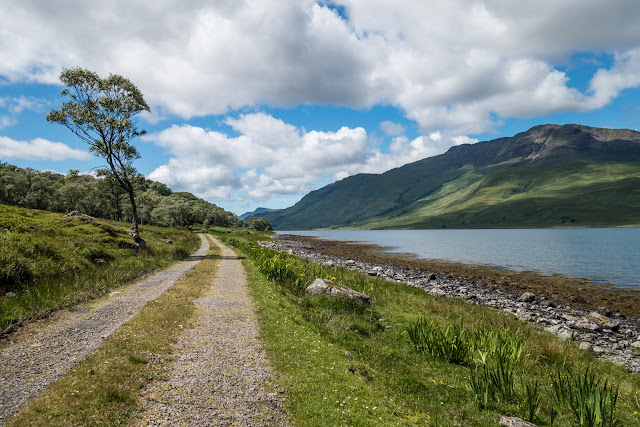Brooms Head, Yamba and Maclean
Then the morning dawned and we moved on from our cozy campsite today to go to Brooms Head. We had a good journey and arrived at the head for lunch.
A brief visit to Coffs Harbour butterfly farm in passing.
We realised once we arrived that we had actually stayed here when we came three years ago.
After lunch we walked to the view point where we saw several sightings of whales and also a pod of dolphins.
Spotted this little fellow on our walk
The Australian pied oystercatcher
We continued to walk along the next bay but turned back as a storm was blowing up. We got back to the van just in time, however it didn't last long
Before the sun set we walked along the beach in the other direction, and were treated to a lovely beach sunset.
Two shoes.
It is lovely here, but we must move on tomorrow as time is running out and we must start making our way back to the Blue Mountains on Monday. It will take us four days.
So today, Saturday 13th October, we drove to Maclean There is something gently amusing about a town that proudly claims that it is "The Scottish Town in Australia." Of course it looks nothing like a Scottish town. The claim is based on two simple facts: a large number of the early settlers in the valley were originally from Scotland and the town itself, although the spelling has changed, was named after a good Scot, Alexander Grant McLean, who was the New South Wales Surveyor-General from 1861-1862
I came across this amusing quote:
One of the town's most distinctive, and overtly Scottish, symbols are the numerous Scottish tartans which have been painted on the base of the telegraph poles. Visitors who are interested can drive around town identifying a wide range of clan tartans which, conveniently, have all be named. There are now over 200 poles around the town and if you are looking for your family name's telegraph pole (a rather eccentric thing to do - "oh look! that's out telegraph pole") there is a map which is available from the Scottish Corner Shop in River Street.
The Mathieson tartan on the levee in the park beside the Clarence River. The levee was built to protect the area as the Clarence floods. (See here for a report on the 2013 floods)
After a wander around and picking up some groceries, we then drove on to our next camp site at Yamba. In 1799 Matthew Flinders landed on the present southern headland at Yamba. He’d been despatched from Sydney to find a new Eden, but from his vantage point atop a craggy promontory, now Pilot Head, he dismissed the turbulent estuary as dangerous and unworthy of further examination, before sailing away. In the 1830s, timber harvesting commenced. in 1861, the Townsite was surveyed, and by October 1862 construction of the breakwater Clarence River Heads Post Office was completed. Originally named Shoal Bay and later in 1885, to be renamed Yamba with a population of approx 340.
We were at a Big 4 site and it was one of the best. There was hardly anyone on the site. It was here that the guy who ran it, offered me a job! And he was serious!
We had the whole of the pool to ourselves in the afternoon and that included the Jacuzzi. We drove into Yambi town that evening with the intention of eating out, but we weren't very impressed with what was on offer, so we bought a bottle of wine and had dinner on site.
There were kangaroos at the back of the site and birds everywhere.
Sea Eagle swooping over the Clarence
The lone camper was fishing.
and his home I assumed?
The crested pigeon is sometimes referred to as a topknot pigeon. This one seen outside our van.
Seen on this site (and in several places on our trip) Paperbark tree, belonging to the genus Melaleuca, in the myrtle family(Myrtaceae), characterized by their whitish papery bark. They are native to Australia and nearby islands. I was fascinated by the way the bark peeled and the patterns it made.
So, in the morning a visit to the edge of the site to see the many kangaroo getting their breakfast.
Cane (Sugar) field have been part of this are in NSW for around 100 years. This field, just outside Yamba Campsite, was in the process of being harvested.
So, another stunning site. Were we just lucky? I don`t know, as every site we have visited has been much the same.






























Comments